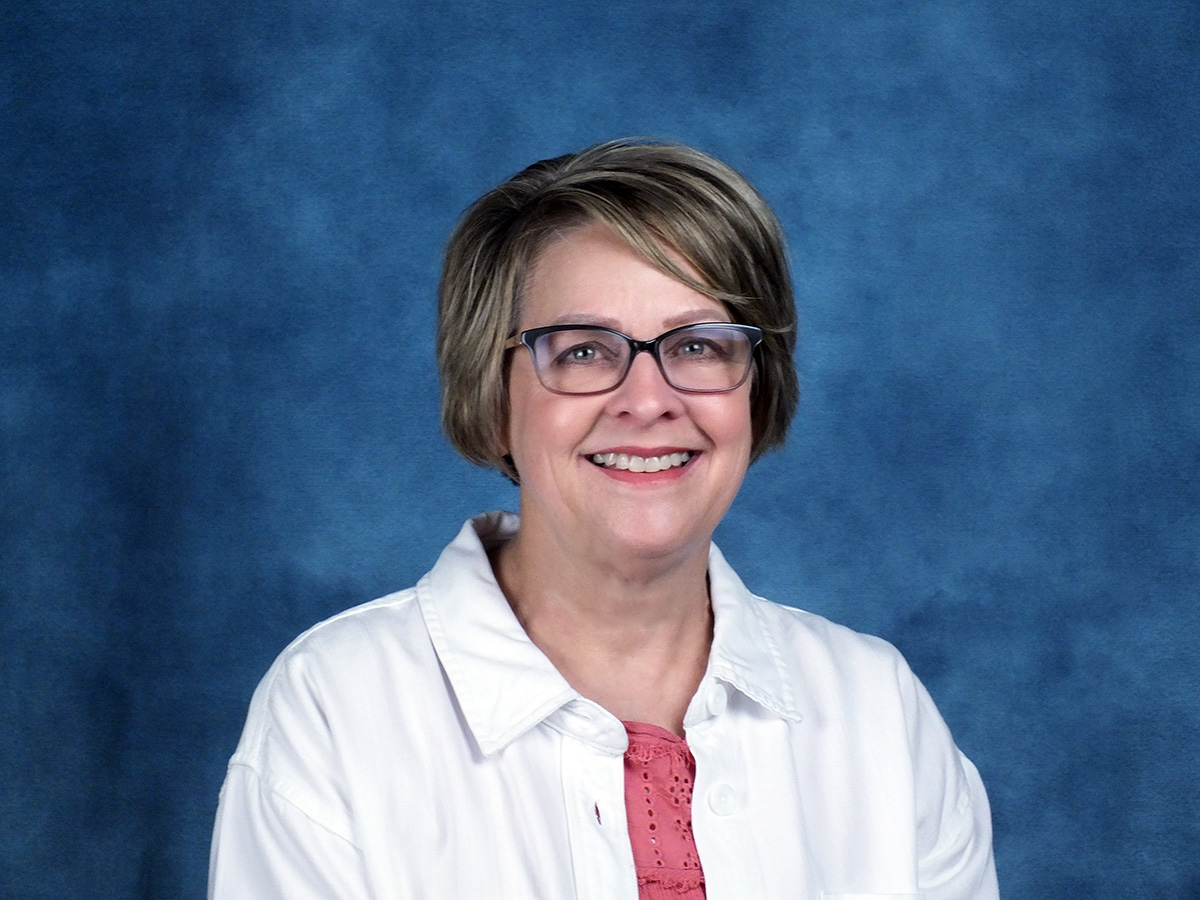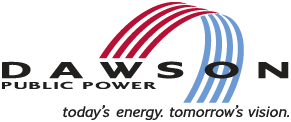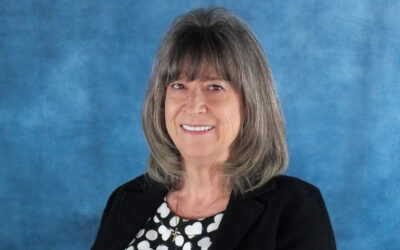
A career in accounting and finance is “black and white, cut and dry,” according to Dawson PPD Accountant Nancy Davenport. Despite her straightforward approach, her story paints a more colorful picture. Davenport is retiring after 37 years of service.
Davenport’s first look at her future career was at Overton High School. She remembers a class where students were charged with running a business.
“It sounded like fun,” she said. “I liked the black and white, cut and dry approach to the finance side of the business. There was no gray.”
Her mother, a former bookkeeper at Overton Vet Clinic, encouraged her to attend college after high school graduation. Davenport pursued a degree in accounting from Kearney State College.
“I remember my interview at Dawson PPD right after college,” she said with a reminiscent smile. “My first boss was Norm Goracke, and I mispronounced his last name to the front desk receptionist. Thankfully, she corrected me before I went in.”
Davenport’s first title was workorder clerk and she held many of the same accounting responsibilities until retirement. The job included work orders, asset management and bank reconciliation.
From the beginning, a sense of pride came to her work.
“I remember Norm telling me that we are public power and we’re handling the public’s money in the most responsible way possible, and that stuck with me,” she recalled. “I’ve always been proud to work at Dawson PPD and knowing that it is owned by its customers.”
Everything was manual back in 1985. Handwritten material sheets and ledger books took most of the time to complete. Then, in 1997, Dawson PPD invested in its first accounting system and desktop computers.
“It was like the big changes came in two stages,” Davenport said. “The first was computer spreadsheets instead of handwritten. The second was automated assembly lists.
Dawson PPD had the foresight to get the accounting program early; we knew it was the way things were moving.”
The advances in technology allowed Davenport to quickly process work orders and take on more responsibilities later in her career.
Storms that caused widespread power outages were not as simple. The 1994 April blizzard left much of Dawson PPD’s distribution system on the ground after heavy, wet snow fell on budding trees. The branches could not bear the weight, and as a result the trees toppled over and into power lines.
“Remember that everything was handwritten, and we had to document everything for FEMA (Federal Emergency Management Agency),” Davenport recalled. “It was so paperwork intensive that Dawson PPD temporarily hired the woman who had the accounting position before me to come back and help tabulate the storm damage. There was just so much work to do.”
The next big storms over the Christmas and New Year holidays in 2006 – 2007 were more manageable. Widespread use of computers among employees and a more robust accounting system made it easier to document work for FEMA purposes.
Davenport predicts that the next widespread storm will be even better to manage with all the automation in technology.
“My advice for the next group is to have a plan and process ready,” she said. “And remember to document, document, document.”
Davenport says she will miss the people she worked with and the family atmosphere of the workplace.
“I’ll also miss witnessing power restoration with a behind-the-scenes view,” she added. “I think it is so neat to hear and watch the linemen during outages and understand the work that they do in those situations.”
Davenport plans to keep busy in her retirement with her grandchildren and favorite hobby, quilting. Her chapter at Dawson PPD may be coming to a close, but the next is bright with possibilities.
OTHER NEWS
Between the lines: Seven ways Dawson PPD plans for adversity
By being prepared, working together, staying flexible, taking care of each other, staying focused on our mission, and using our strengths, we can (and have) overcome any challenge and continue to provide reliable electricity to our communities and customers.
Wolfinger awarded $2,000 Dawson PPD STEM Scholarship
Jacie Wolfinger has been awarded the 2024 Dawson PPD STEM Scholarship.
Anderson awarded $2,000 Dawson PPD Utility Line Scholarship
Isaac Anderson has been awarded the 2024 Dawson PPD Utility Line Scholarship.



